Alicia Navarro has moved to reservation plagued by meth, sex crimes
Babyfaced teenage runaway Alicia Navarro has moved onto a Native American reservation plagued by violence, drugs and sex crimes — sparking fears for her safety.
The 18-year-old and boyfriend Eddie Davis, who is twice her age, spent Thursday moving the last of their belongings from the apartment they had rented in Havre, Montana, to Davis’ mother’s trailer home on Fort Belknap Reservation, as The Post’s exclusive pictures show.
However, members of the two tribes who inhabit the 3,500 person reservation warn it can be a dangerous place.
“We have high incidents of substance abuse, drug abuse, alcohol abuse [and a] lot of inter-generational traumas with abuse in general,” tribal member Connie Filesteel who was born and raised on the reservation and lived there most of her life told The Post.
“We obviously have a lot of real positives but also we also deal a lot of these inter-generational traumas,” she added.
Among the more serious recent crimes, two Fort Belknap residents were sentenced to 22 years for sexual abuse of a 12-year-old in 2019.
Nine sex offenders are also listed as living on the tribal grounds.
Another Montana resident received a six-year prison sentence in 2022 after he admitted to trafficking meth on the reservation.
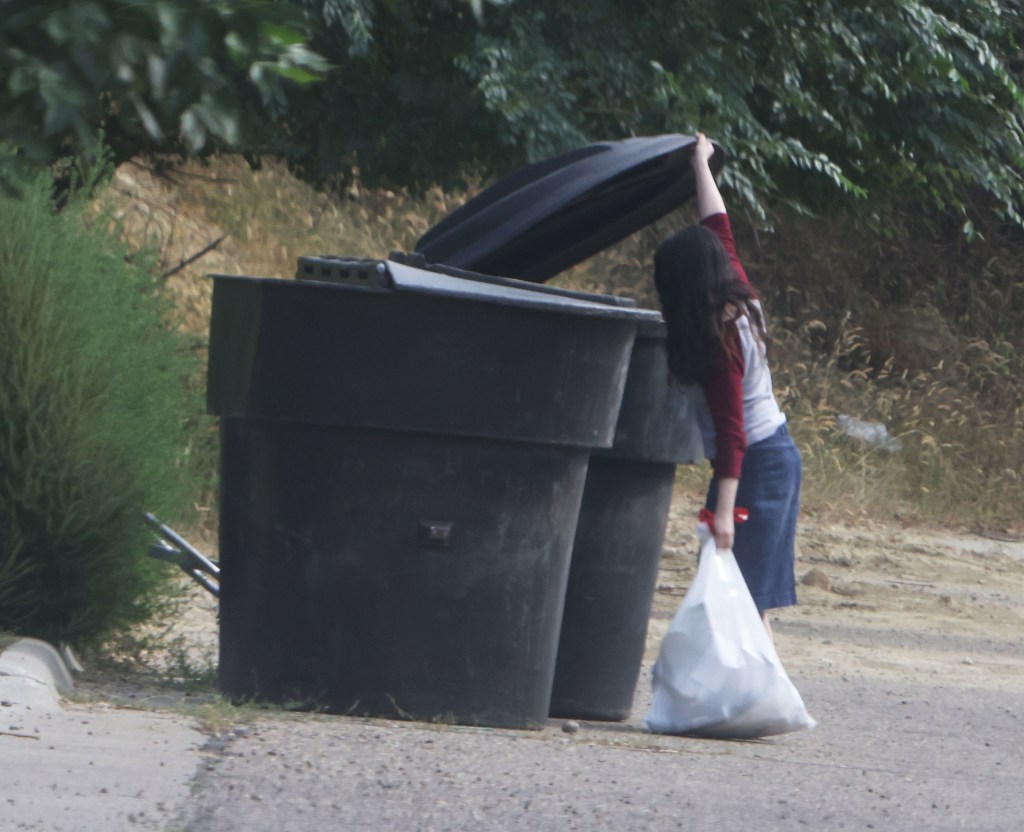
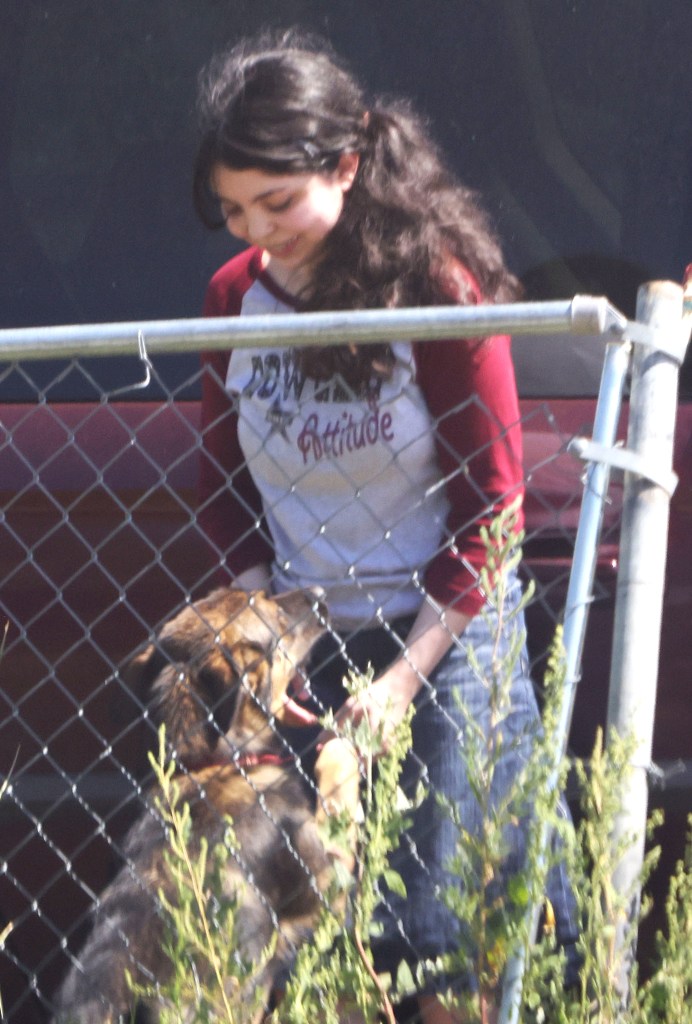
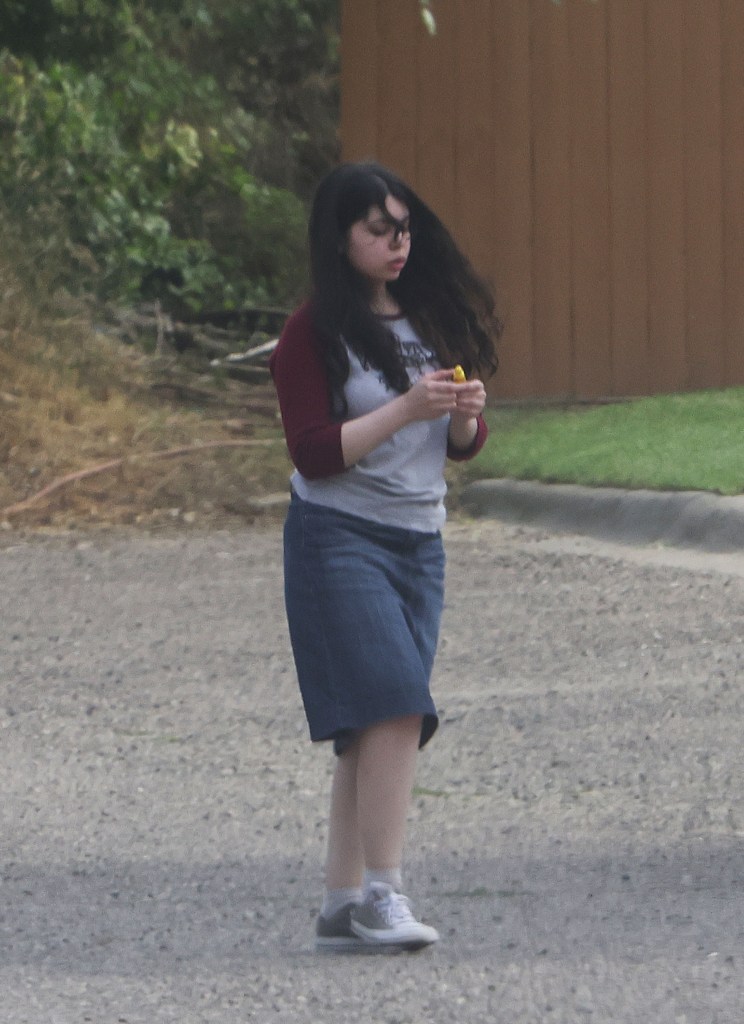
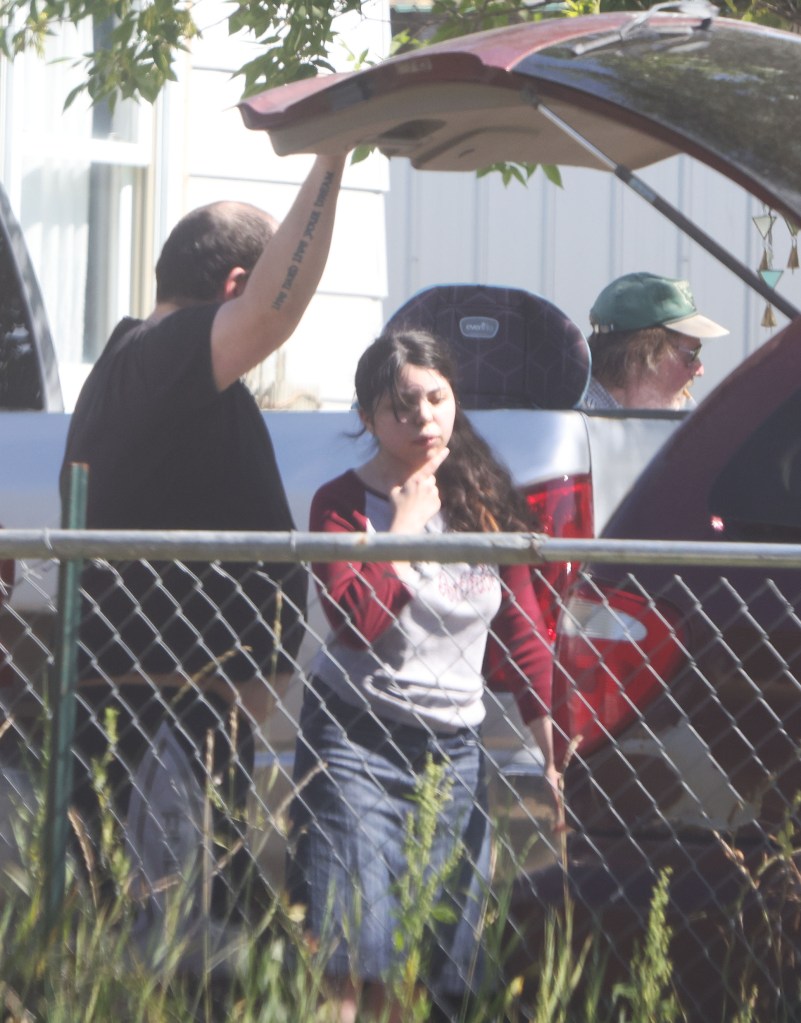
This past June, a Harlem, Montana man admitted assault with a dangerous weapon after he was accused of shooting an occupied house on the reservation.
And in February 2022, another man was sentenced to six years after he admitted to shooting up a house with a rifle.
The arrival of Navarro – who was the subject of a nationwide search over the last four years led by her mother after disappearing in the night from her Glendale, Arizona, home – with Davis has also made some people wary, especially with the attention they bring to the area.
“His family is supporting him,” tribal member Cheryl Horn said in reference to Davis “but all the rest of the community not wanting this.”
“Just because he’s here doesn’t mean we want him here,” Horn added.

She said she’s heard there are men that are trying to get Davis off the reservation, which is home to the Assiniboine and Gros Ventre tribes.
Another tribe member, Jr Healy, claims a group of men who are part of the Missing and Murdered Indigenous Woman (MMIW) movement want to reach Navarro.
“Me and some of the MMIW people, we wanted to try to get her away from him,” Healy, 55, said, adding he doesn’t like reservation making national headlines for allowing Davis to stay there.
“We need to have a certified advocate to sit with her while she’s not around him,” Healy said.
“We have our own domestic violence, we have our own murders, we have our own MMIWs, we have enough unsolved things here,” Horn added.

“We don’t need the attention.”
Police were shocked when Navarro walked into the Havre police station on July 23 and said she wanted to be taken off the missing person’s list.
Investigators flew in from Glendale to help investigate where she has been in the four years since she disappeared, a case which also now involves the FBI and US Marshals.
They searched the apartment she was sharing with Davis and questioned him, but brought no charges and he is not thought to be under suspicion of any wrongdoing.
Navarro’s mother, Jessica Nunez, said she has spoken with her daughter over Facetime but they have yet to be reunited in person.
Attempts to reach Navarro and Davis for comment have been unsuccessful, while Nunez declined to comment.
Authorities have made it clear that since Navarro is 18 years old it is her choice whether to return to her former home or not.
Warren Morin, who sits on the Fort Belknap Indian Community Council, admitted crime is likely higher on the reservation than other areas, but was quick to note they lacked funding from the federal government to beef up law enforcement.
“Crime is bad just like it is most anywhere but around I think the level of crime be a little bit higher,” Morin said, adding it’s difficult to attract and retain police officers and prosecutors.
The Montana reservation filed a lawsuit against the federal government in October after a $5.3 million funding request was denied.
Alicia Navarro’s mysterious reappearance: What we know so far
Who is Alicia Navarro?

Alicia Navarro is a previously missing 18-year-old from Arizona who unexpectedly turned up in a Montana police station nearly four years after her disappearance.
When did she disappear?
In 2019, the girl left her family’s Glendale, Arizona, home in the middle of the night just a few days before her 15th birthday. Her parents found a handwritten note from Navarro saying: “I ran away. I will be back. I swear. I’m sorry.”
Where was she found?
Navarro walked into a police station in a tiny Montana town about 40 miles from the Canadian border — and some 1,000 miles from home — and identified herself as the missing girl from Arizona.
Is she facing any charges?
Authorities in Navarro’s hometown of Glendale, Arizona, said the teen is not facing any criminal charges and is not in any kind of legal trouble.
Why did she leave?
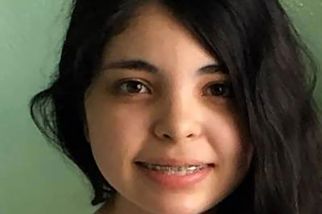
Alicia’s mother, Jessica Nuñez, previously raised concerns that Navarro, who was diagnosed as high-functioning on the autism spectrum, may have been lured away by someone she met online.
That number would have been an increase of $3.8 million to cover more than 1,000 square miles, The Hill reported last month.
The reservation has its own law enforcement officials who can only prosecute other tribal members, though federal agents will come in to assist with more serious crimes like murder, Morin said.
In recent years there have been numerous crimes that have been handled by the feds.
The lack of funding help from the feds makes Native Americans on the reservation feel “forgotten,” said Morin, who loves the vast landscape his home offers.
“As bad as it may sound though this is a beautiful place,” he said.
“We love it here, I love the people. The people might not have any money but they’re rich in personality and we’re rich in our land because it’s a beautiful place to be.”
Read the full article Here


